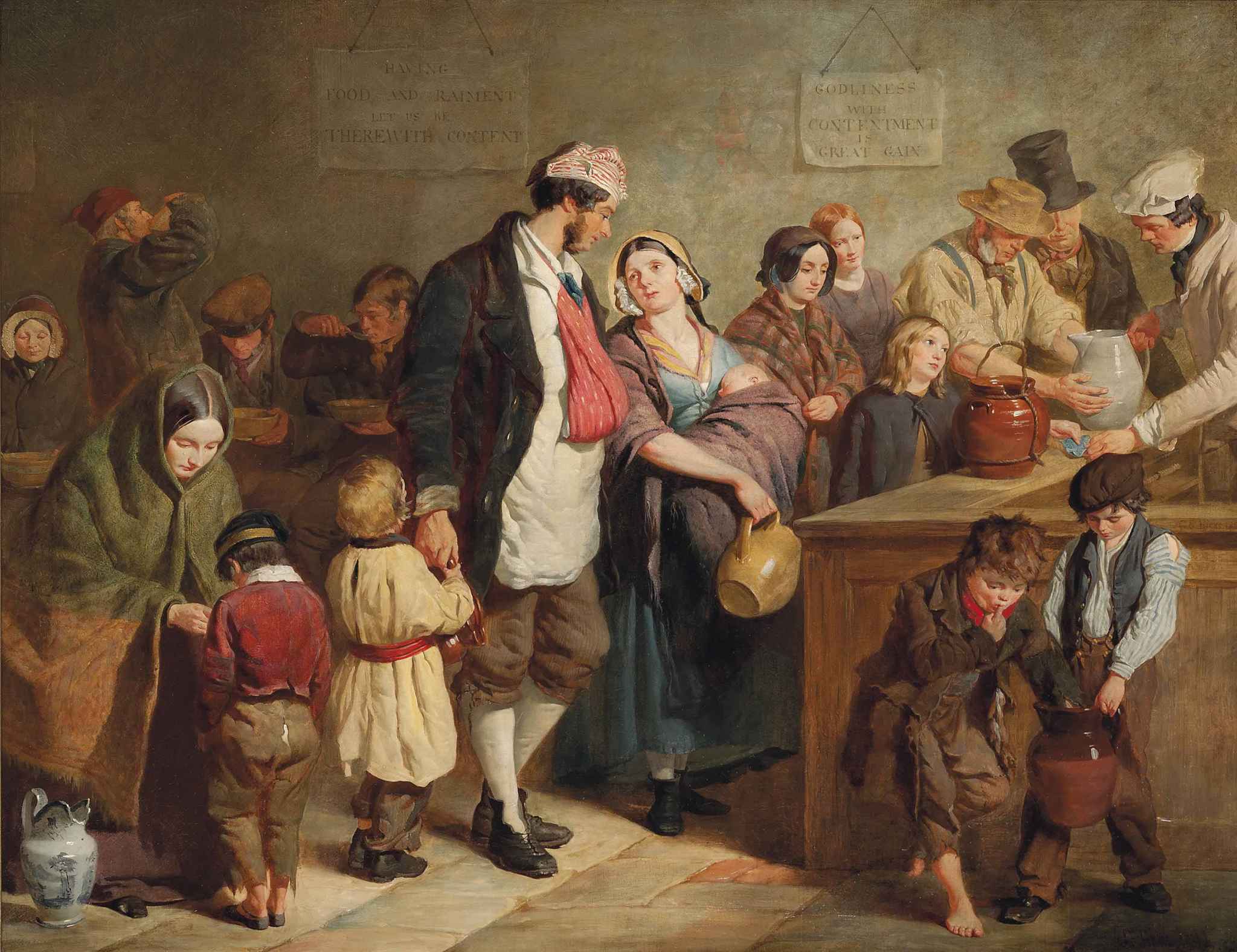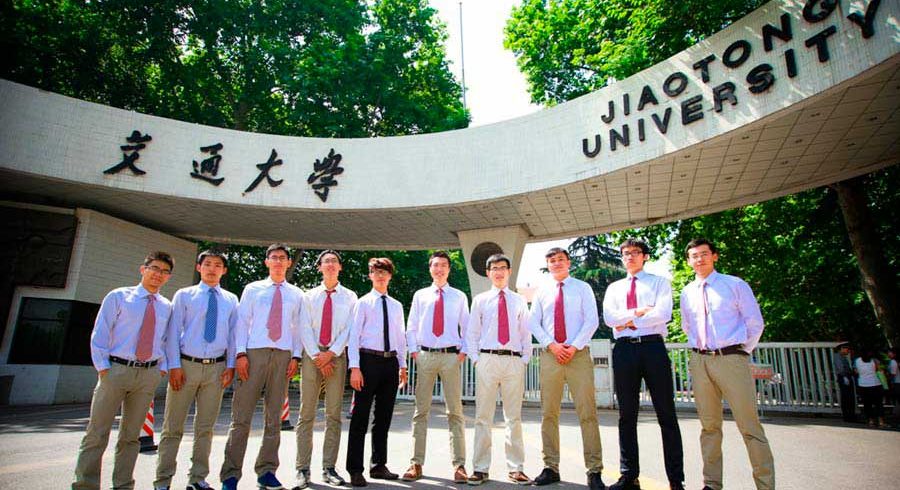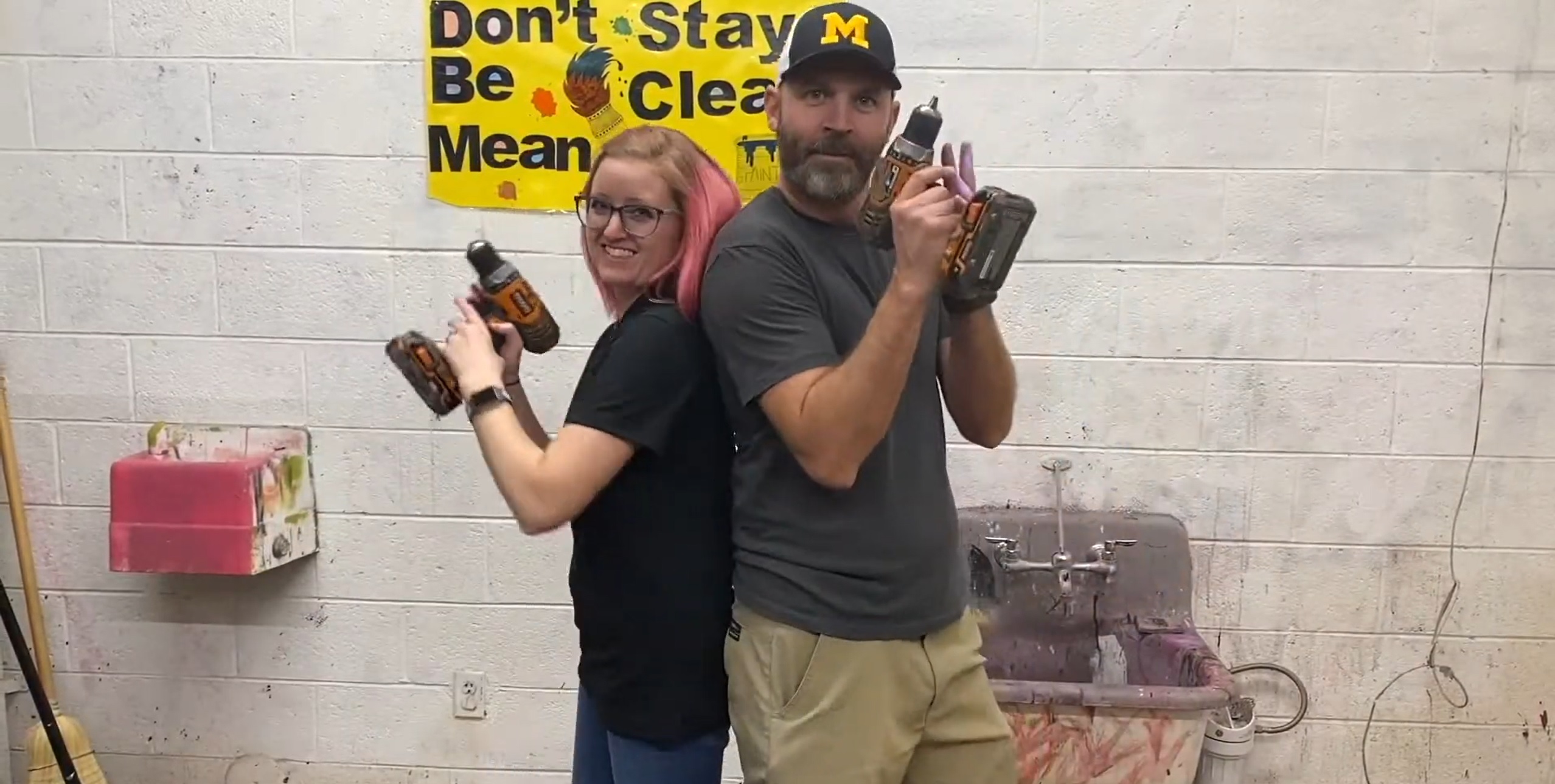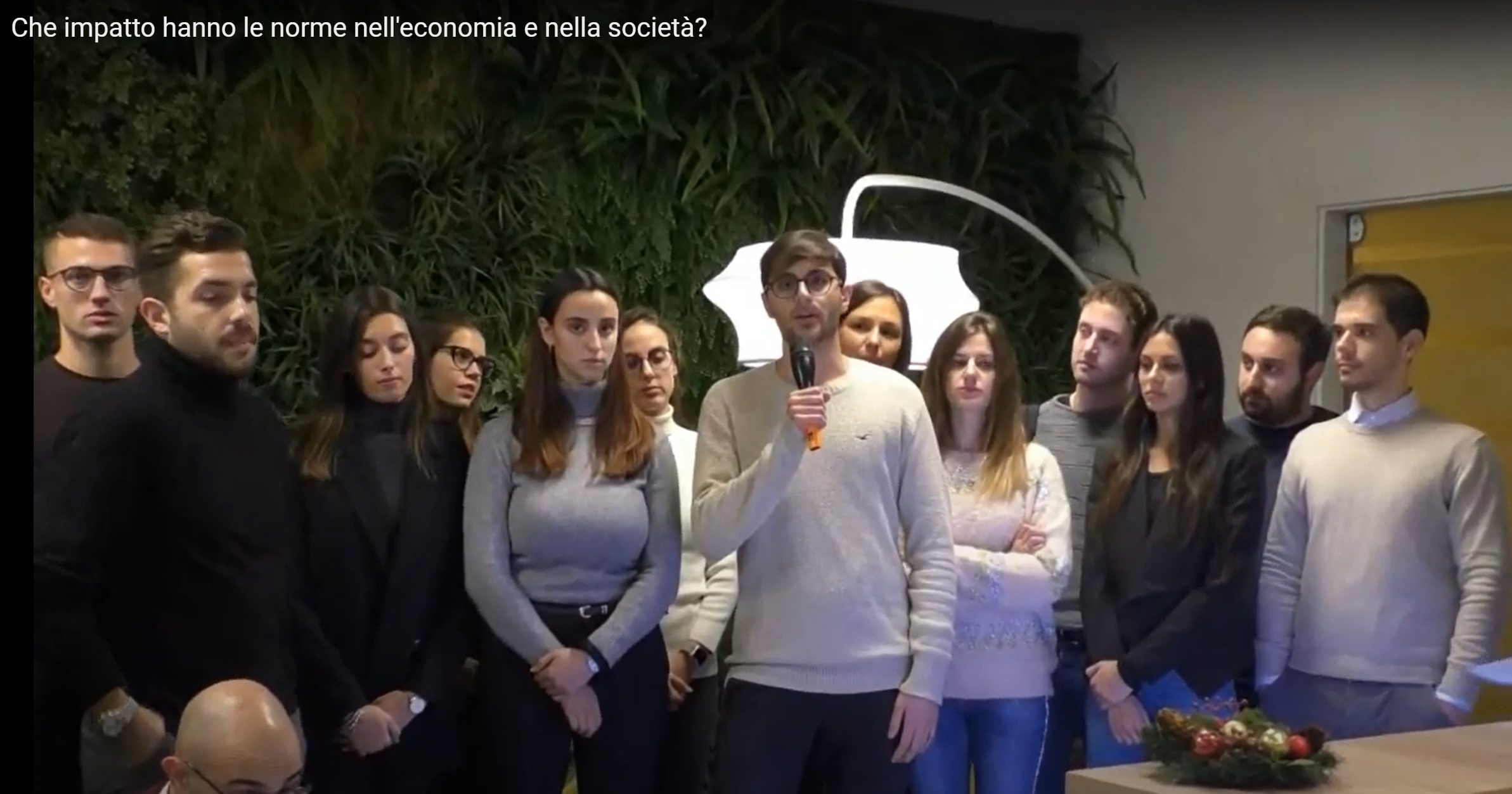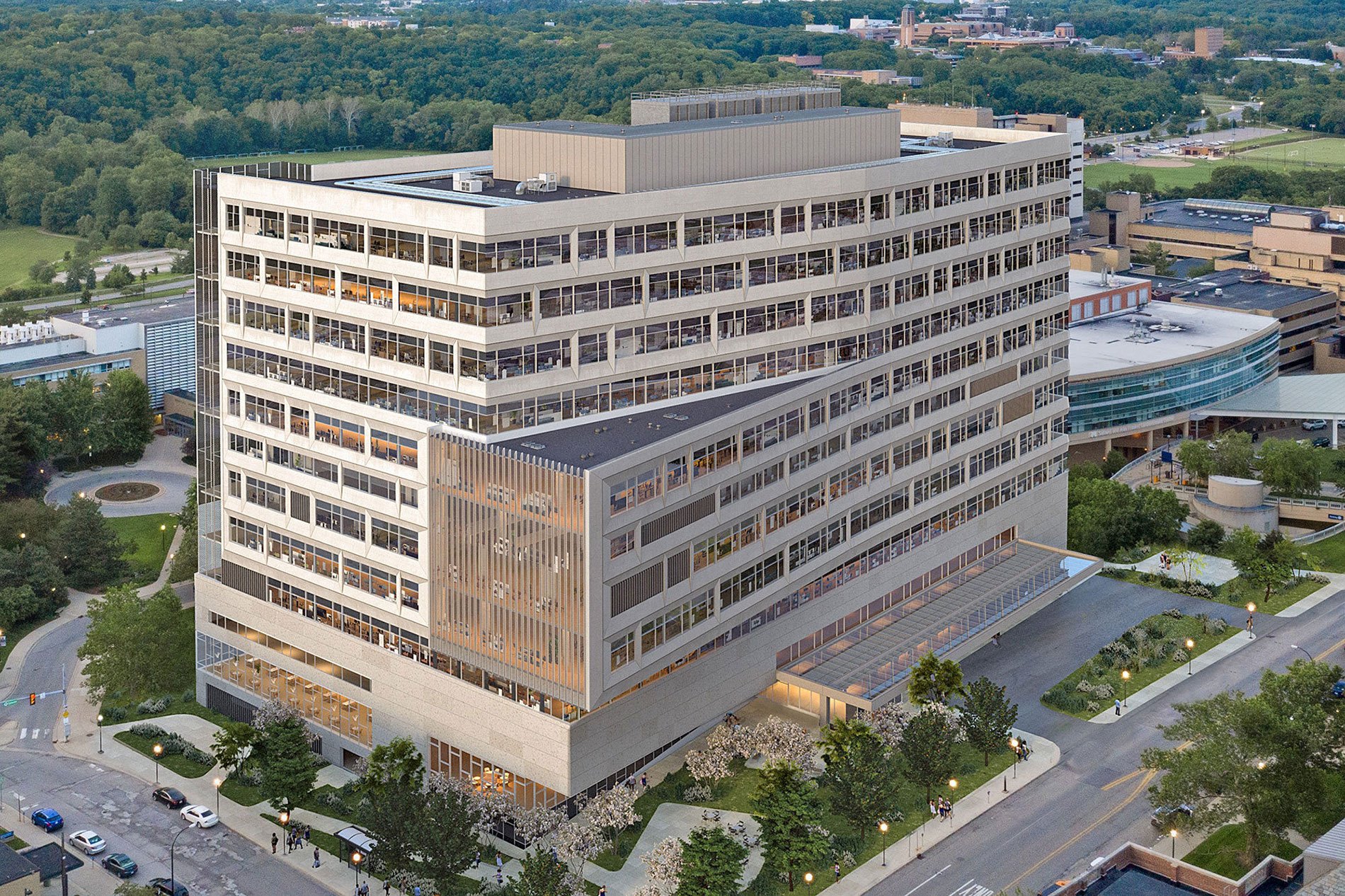Saint Louis University Facilities Services
Ingredients:
2 teaspoons brown sugar or demerara sugar
4-5 ounces coffee (strong, rich; brewed, hot)
1.5 ounces Irish Whiskey (optional)
1-2 ounces heavy cream (lightly whipped)
Nutmeg
Directions:
– Preheat the glass while making the French press coffee
– Place the brown sugar into a warm Irish coffee glass, mug, or other heatproof glass.
– Add the coffee and Irish whiskey, stir until dissolved.
– Float the lightly whipped heavy cream on top by pouring it over the back of a spoon.
– Garnish with shaved nutmeg.
Tips:
– Try using a French press or pour-over methods of brewing and freshly ground dark roasted coffee beans.
– Preheat your glass to keep the drink warm longer. While the coffee is brewing, pour hot water into the glass or mug to heat it up. Dump the water before making the drink.
– Use freshly whipped cream. Avoid the pressurized cans of cream or whipped topping. Instead, begin with a little heavy whipping cream and vigorously whip it with a whisk or fork until it is light and fluffy.





